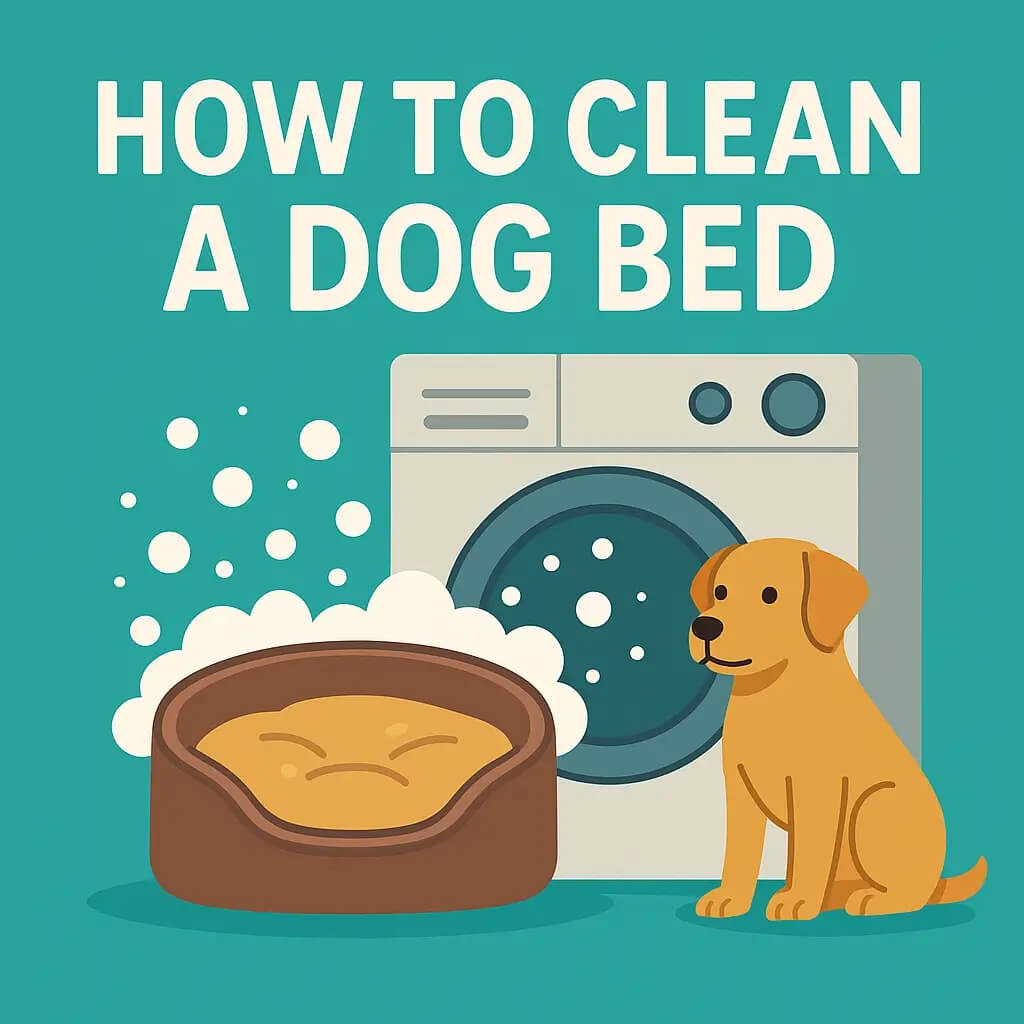Spotting worms in dogs poop is more than an “ick” moment—it’s a real‑time alert that intestinal worms may be brewing inside your dog’s intestinal tract. Roundworm eggs, hookworm larvae, and other microscopic parasitic eggs can linger in contaminated soil for months, ready to infect dogs—or even people who garden barefoot in the yard. Surveys of 4–7 million annual fecal exams show that about one in five U.S. dogs sheds at least one kind of intestinal parasite (CAPC data, 2012‑2024). Because many adult dogs pass worms with few symptoms, early detection helps dog owners break the cycle before parasites invade households, dog parks, or children’s sandboxes. Everything here is educational and does not constitute medical advice—see your vet immediately if you find creepy‑crawlies.
 What Are Those Wiggles?
What Are Those Wiggles?
-
Roundworms (Toxocara canis) look like thin spaghetti in a dog’s stool; they produce millions of hardy roundworm eggs that can infect humans, especially kids playing outside (Source: CDC).
-
Tapeworms (Dipylidium caninum) shed rice‑like segments in the dog’s feces. Dogs (and occasionally children) get them by eating infected fleas during grooming (Source: CDC).
-
Hookworms (Ancylostoma caninum) are thread‑thin; they latch onto a dog’s intestinal lining and suck blood, sometimes causing weight loss or occasionally anemia in young puppies.
-
Whipworms (Trichuris vulpis) live in the dog’s large intestine and pass microscopic eggs; severe infestations trigger bloody diarrhea (Source: CAPC Vet).
Knowing which adult worms you’re seeing (or which microscopic eggs a lab finds) guides the choice of deworming medications that actually work.
Are They Dangerous?
Most worms drain nutrients, but some cause life‑threatening disease:
-
Roundworm infection can stunt growth in newborn puppies and, in people, wandering roundworm larvae may damage eyes or organs.
-
Drug‑resistant hookworms are rising; Cornell reports multi‑drug‑resistant strains spreading across U.S. shelters and dog parks, prompting closer monitoring of clinical signs.
-
The FDA warns that improper dosing fosters antiparasitic resistance, jeopardizing both pets and working detection dogs.
-
A 2021 DoGPaRCS study found infectious worm eggs in 85 % of sampled U.S. dog parks—proof that “my dog never leaves the yard” is no guarantee of safety.
For pet parents the takeaway is simple: parasites aren’t just a backyard problem; they move with other dogs, wild animals, and even infected fleas. Consistent prevention helps families avoid costly treatments and protects public spaces from contamination.
 How Do Dogs Catch Worms?
How Do Dogs Catch Worms?
-
Ingesting contaminated soil or raw meat/prey animals loaded with worm larvae. Puppies often nosh on clumps of dirt while exploring.
-
Transmission before birth or through mother’s milk—virtually all puppies are exposed to Toxocara this way.
-
Eating infected fleas brings on tapeworms; a single flea swallowed can grow into a 28‑inch adult tapeworm.
-
Skin contact: hookworm larvae can penetrate a dog’s skin or a barefoot child’s foot in damp soil.
-
Social hot spots—dog parks, boarding kennels, and beaches—where many adult dogs shed eggs, upping exposure for curious noses.
Preventive medications plus year‑round flea control block several routes at once. If your dog hunts wild animals or raids the trash, ask your veterinarian for a custom plan.
Spotting Early Warning Signs
Your dog may pass worms long before “sick‑dog” signals appear. Look for:
-
Visible adult roundworms or tapeworm segments wriggling in fresh poop, on bedding, or near the tail.
-
Thin worms or blood streaks in diarrhea—can hint at hookworm infections.
-
Potbelly in newborn puppies, dull coat, scooting, or unexplained weight loss in many adult dogs.
-
Few symptoms at all: some dogs harbor heavy loads yet act normal.
Collect a stool sample (zip bag, label with date), then schedule a fecal exam—modern AI‑aided microscopes spot eggs in minutes. Bring your dog’s travel history: trips to lakes, dog parks, or exposure to wild animals help vets decide whether to treat roundworms, whipworms, or mixed worm infestations. Quick action lets your pet pass worms safely after medication and protects family members who might otherwise be exposed.
First Steps When You See Worms
-
Bag the evidence. Slip on gloves and collect a fresh stool sample of the dog’s poop. A zip bag with the date lets your vet diagnose worms by spotting microscopic eggs or live adult worms under a microscope. The AVMA brochure on intestinal parasites lists fresh feces as the gold standard for testing .
-
Call the clinic—don’t self‑dose. Some OTC products miss certain intestinal worms or can harm young puppies if dosed wrong. Severe infestations need professional veterinary medicine.
-
Isolate and clean. Keep the dog away from playrooms and dog parks until treatment starts. Pick up contaminated feces so other dogs or wild animals can’t ingest worm eggs from infected soil.
-
Wash up. Scrub hands, and if worm eggs splashed onto the dog’s skin or bedding, launder at the hottest safe setting.
Early action lets pet parents stop worm infestations before they spread, and protects kids who might tunnel in sandbox dirt later the same day.
Vet Treatments That Work
Modern deworming medications target different intestinal parasites, so the vet will match the drug to the bug:
|
Parasite |
First‑choice drug |
Typical course* |
Notes |
|---|---|---|---|
|
Roundworms & hookworms |
Pyrantel pamoate |
Single dose, repeat in 2 wks |
Safe for most dogs, even newborn puppies |
|
Whipworms |
Fenbendazole |
3 days, repeat at 30 & 90 days |
Follow label—extra‑long use may harm blood cells, warns the FDA |
|
Tapeworms |
Praziquantel |
One dose |
Must pair with flea control to stop re‑infection |
*General guidance; always follow your veterinarian.
The Merck Veterinary Manual notes fenbendazole clears >98 % of roundworm infection in healthy adult dogs. After medication, many dogs pass worms within 24 hours; re‑check a fecal exam in 2–4 weeks to be sure most worms are gone. If clinical signs like weight loss or occasionally anemia linger, the vet may add iron support or intravenous fluids. Never skip the follow‑up: lingering worm eggs can restart the whole cycle.
Keeping Worms Away
Preventive medications are cheaper than treating severe symptoms later. The Companion Animal Parasite Council advises year‑round, broad‑spectrum control that covers heartworm disease, fleas, ticks, and intestinal worms in dogs. A simple routine:
-
Monthly chewable: options with milbemycin‑oxime or moxidectin wipe out roundworm larvae before they mature in the dog’s intestinal lining.
-
Flea control: a single flea swallowed can deliver tapeworms. Use oral or topical products your vet trusts.
-
Pick‑up patrol: remove dog’s feces within 12 hours; most worm eggs need days to become infective.
-
Limit risky snacks: block trash raids, avoid raw meat diets, and stop pets from hunting prey animals.
-
Yard safety: cover sandboxes, rotate play areas so infected soil can dry and ultraviolet sunlight can kill microscopic parasitic eggs.
The CDC reports hookworm larvae can penetrate human skin in damp sand, stressing the need for soil hygiene in U.S. backyards. Following these steps, most dog owners break the lifecycle before worms ever settle into the dog’s intestines.
FAQs
Can worms in dogs infect humans?
Yes. Roundworm eggs and hookworm larvae can infect humans, especially children playing barefoot. Prompt deworming and handwashing cut that risk.
My adult dog looks fine. Do I still need a fecal exam?
Absolutely. Many adult dogs carry worms with few symptoms. Annual fecal checks catch hidden infestations before they shed eggs around the home.
What if I see thin worms after treatment?
Don’t panic—dogs often pass worms as the drug works. Bag the sample and show it to your vet to be sure all adult roundworms are gone.
How intestinal worms spread at dog parks?
Other dogs may leave behind contaminated feces. Even quick sniffs can transfer microscopic eggs to your dog’s nose or paws, and licking brings the parasites inside. Regular preventive medications keep those hitchhikers from settling in your dog’s intestinal tract.
Conclusion
Seeing worms in dogs poop is unsettling, but it gives dog owners a clear action plan: collect a sample, call the vet, treat with the right drug, and lock in prevention. Consistent flea control, monthly heartworm‑plus‑intestinal coverage, and fast cleanup of dog’s stool turn your yard into a safer zone for pets and people. Remember, this article shares best practices; it does not constitute medical advice. If you find worms or notice other symptoms—like weight loss, diarrhea, or severe itch—contact your veterinarian immediately. With smart steps today, you can protect young puppies, adult dogs, and your family from the hidden hazards of intestinal parasites.












